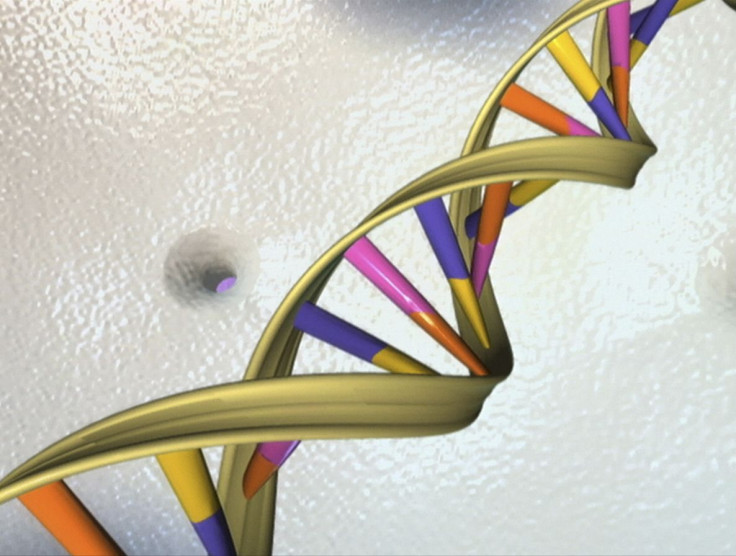World’s First Semisynthetic Organism Created: Scientists Expand Life’s Genetic Code To Include Two Artificial DNA Bases

All DNA-based life forms on Earth contain, at their core, a genetic code made up of four bases — adenine (A), thymine (T), guanine (G), cytosine (C). These four letters of the genetic code have, over thousands of millions of years, given rise to the vast variety of life, including humans, that we see around us today.
Imagine an organism that contains not just the four bases, but six — four natural and two artificial. In 2014, Floyd Romesberg from the Scripps Research Institute in La Jolla, California, and his colleagues went beyond just imagining such a creature; they synthesized a new base pair made up of bases they called X and Y. Although they were able to incorporate this base pair into an E. coli bacterium, the semisynthetic organism thus created was incapable of keeping the pair in its code indefinitely as it divided. Over time, X and Y were dropped from the genome, severely limiting the ways the microbe could use the extra information contained in the modified DNA.
Now, almost three years down the line, Romesberg and his colleagues have succeeded in achieving what they couldn’t back then — the creation of the world’s first stable semisynthetic organism.
The modified bacterium, which contains three base pairs — A-T, C-G and X-Y — is capable of retaining the synthetic bases indefinitely as it divides.
“Your genome isn’t just stable for a day. Your genome has to be stable for the scale of your lifetime. If the semisynthetic organism is going to really be an organism, it has to be able to stably maintain that information,” Romesberg said in a statement released Monday. “We’ve made this semisynthetic organism more life-like.”
In order to create this bacterium, the researchers used a tool called a nucleotide transporter, which allowed the organism to hold on to the unnatural base pair, and made it easier for it to be copied across the cell membrane. Once this was done, they ran a “spell check” using the gene-editing tool CRISPR-Cas9 in order to ensure that any cell that did not contain the synthetic bases would be recognized as a foreign invader and be marked for destruction.
“We can now get the light of life to stay on,” Romesberg said. “That suggests that all of life’s processes can be subject to manipulation.”
Currently, the synthetic bases do nothing more than survive indefinitely, but the potential uses of this breakthrough are manifold. If and when the microbes are imbued with the ability to actually read the synthetic genetic code, it would open the doors to the creation of proteins that do not exist in nature, which, in turn, could lead to the development of new drugs.
“This study lays the foundation for what we want to do going forward,” Yorke Zhang, a graduate student at the Scripps Institute, who was also involved in the creation of the modified bacteria, said in the statement.
The research was published Monday in the Proceedings of the National Academy of Sciences.
© Copyright IBTimes 2024. All rights reserved.






















